In my previous post, I described in detail the negatives from four rolls of 35mm film exposed by Robert Capa aboard the U.S.S. Samuel Chase en route to the D-Day landing at Normandy Beach on June 6, 1944. These negatives constitute portions of the rolls sent by Capa to John Morris, LIFE magazine’s London picture editor, upon docking at Weymouth, England on the morning of June 7 — in other words, they represent the negatives supposedly “ruined” in the demonstrably mythical darkroom mishap caused by the possibly mythical “darkroom lad” Dennis Banks.
I can discuss their specifics at such length in that post and below because I’ve actually laid eyes on them: they reside now, as they have for some years, in the Robert Capa and Cornell Capa Archive at the International Center of Photography, hiding in plain sight. Contact prints of them lie within a binder created by Magnum Photos decades ago. The negatives, filed separately, rest elsewhere within the ICP’s holdings — not “ruined” but, to the contrary, carefully preserved and, so far as I can determine, in pristine condition.
 At my suggestion, the ICP’s Chief Curator, Brian Wallis, instructed a staffer to organize digital scans of these negatives into approximations of their order on their respective rolls of film, and to make simulated contact sheets of those reconstructions. I don’t have permission to reproduce any of that material (though I have scruffy printouts of the results), but anyone who wants to corroborate their existence and my descriptions of them can refer to them via the binder and the filenames of the digital scans, all of whose identifying data I provided at the end of my previous post.
At my suggestion, the ICP’s Chief Curator, Brian Wallis, instructed a staffer to organize digital scans of these negatives into approximations of their order on their respective rolls of film, and to make simulated contact sheets of those reconstructions. I don’t have permission to reproduce any of that material (though I have scruffy printouts of the results), but anyone who wants to corroborate their existence and my descriptions of them can refer to them via the binder and the filenames of the digital scans, all of whose identifying data I provided at the end of my previous post.
The Mystery Solved (Partially)
All four of these partial rolls show successful, undamaged exposures at the beginning, middle, and end of the roll. I won’t hazard a guess regarding the fate of the missing negatives in each roll, but I see no possibility that heat, water, or anything else catastrophically damaged individual frames interspersed among intact frames.
Given the inconsequential, unrevealing content of the surviving images, which record nothing militarily sensitive, I can’t imagine that any censor would have ordered the suppression of the absent negatives, much less their destruction. The absence of any picture editor’s “print this” notches on the edges of the negatives prove that Morris did not have his darkroom staff devote time to printing any of these pre-invasion images, nor did he submit them to the SHAEF censorship system for approval on the morning of June 8 before rushing his selections for D-Day coverage to LIFE‘s NY office for publication a few days later.
So far as I can determine, none of these pre-invasion 35mm images saw publication or exhibition until a few appeared in the 2007 ICP show “This Is War! Robert Capa at Work” and its accompanying catalogue, the late Richard Whelan’s final project. (The 2004 monograph Robert Capa: D-Day included none of them.) Given the widespread interest in Capa’s work in general and his D-Day images in particular — along with the international 5- and 10-year anniversary celebrations of that historic battle, which dependably bring renewed attention to those pictures — I find it hard to understand how they went unseen for so long. Unless, of course, someone had decided not to make them available until then.
•
As noted in the preceding post, this group of 35mm negatives includes frames from two 36-exposure Plus X rolls and two 36-exposure Super XX rolls. Consistently, on these Plus X rolls, the horizontal/landscape-format images appear upside-down in relation to the pre-printed film markings. Also consistently, the pre-printed markings along the bottom edge of the film (“KODAK,” “SAFETY FILM”) appear right-side up, while the markings along the top edge (negative numbers, “PLUS X”) appear reversed. All signage within the images appears correctly, indicating that for some reason Kodak pre-printed the info on the top edge of the negatives backwards, at least during that period.
This isn’t the case with the Super XX negatives, which display neither the upside-down registration of the exposures nor the backward printing of the top-edge info. (However, I’ve found at least one anonymous, undated Super XX negative strip online that has the data printed upside down along one edge; click on the above link to view this. Perhaps some tech maven out there can explain why.)
Also missing, in its entirety, is the roll described in what I’ve dubbed Capa’s caption notes for Contax 35mm Roll 2, below. While a few of the images included in the contact sheet for Roll 3 might conceivably belong instead to Roll 2, Capa’s notes specifically indicate that these were “taken in the evening,” whereas all the images on that contact sheet look to me to have been made in broad daylight.
The Fifth Roll
Finally, and most perplexingly, I found no trace of whatever roll of 35mm Super XX film held the first 28 frames that came before the so-called “Magnificent Eleven” exposures on Omaha Beach (of which we have evidence of only ten, per the contact sheet below).
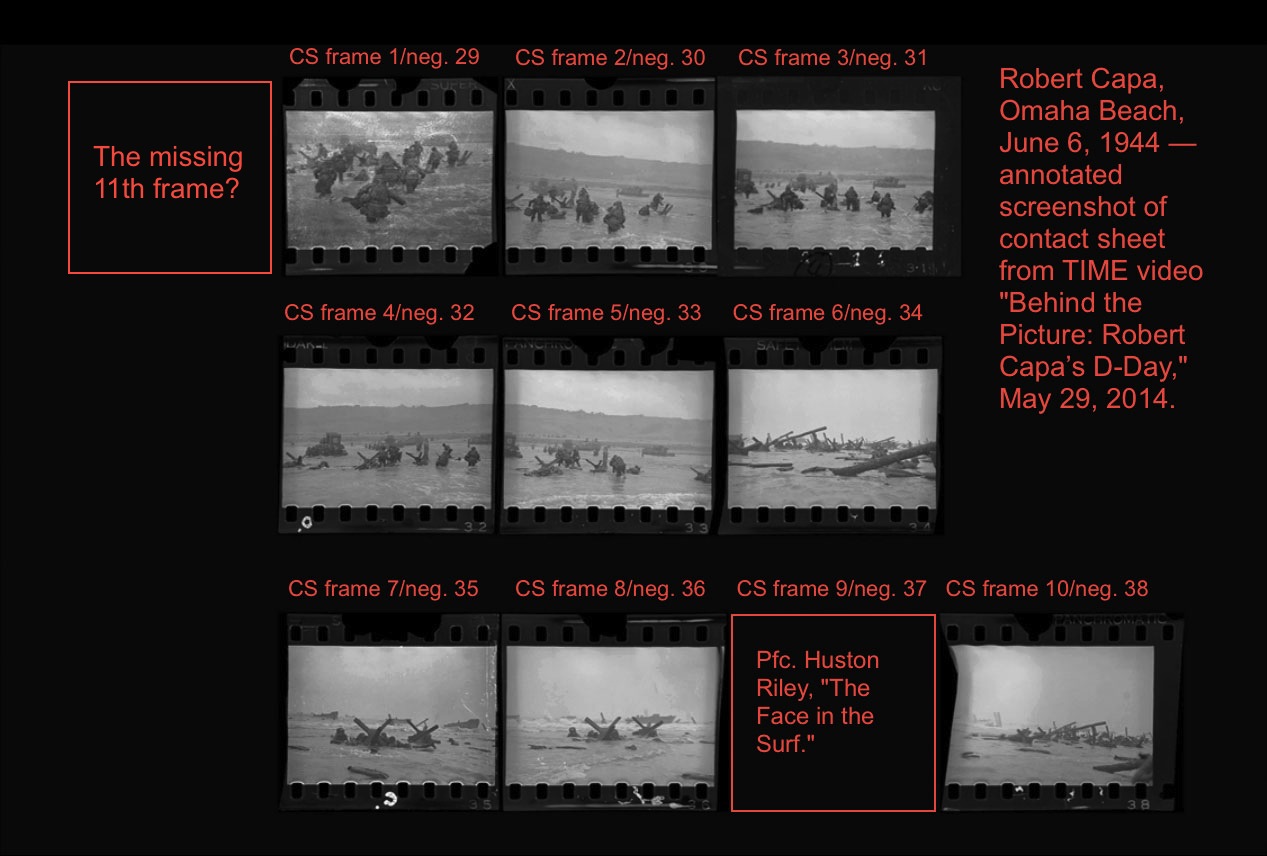
Robert Capa, D-Day images from Omaha Beach, contact sheet, screenshot from TIME video (May 29, 2014), annotated.
I had hoped that the ICP’s reconstruction of the contact sheets for these pre-invasion rolls would leave a gap at the end of one of the two rolls of Super XX described in the first part of this report, into which those D-Day negatives would fit neatly, but no such luck. This means, therefore, that in addition to the verifiable four pre-invasion rolls represented in the Capa Archive a fifth roll got sent by Capa to Morris in London, containing the now-famous images of the June 6 landing plus some earlier exposures.
I’ll hazard a guess about that missing fifth roll. Capa obviously switched to Super XX, a faster film than Plus X, to photograph the briefing of the officers in the gym of the U.S.S. Samuel Chase, and clusters of them subsequently poring over an exact-to-scale model of the beachhead. Coming back on deck after that, he found himself in twilight; the ships, of course, sailed to Normandy without any exterior lights showing, for the sake of secrecy.
So Capa inserted another roll of Super XX into his favorite Contax — the one with the minor misalignment that caused the sprocket-hole intrusion into the edge of his images (more about which anon) — and made some exposures as described in the caption notes for that roll: the quiet troops counting the ships in the flotilla while watching the British coastline recede in the gloaming. After exposing about 2/3 of that roll he went inside — for drinks, for dinner, for a poker game with the top brass. And he finished that roll of film on Omaha Beach the next morning.
Sheer speculation, of course; I can’t verify any of it. What happened to the missing images from the Omaha Beach roll I can’t say. Did Capa misjudge the evening light so badly that upon development they proved unusable and got trashed? (Highly unlikely, as he appears more than competent to gauge available light.) Did they get damaged by seawater, prove unusable, and get trashed? Do they lodge today, intact, in some drawer or box with the missing negatives from the other four rolls — a D-Day mini-version of “The Mexican Suitcase”?
I know only that Capa’s Omaha Beach negatives don’t form a portion of any of the four pre-invasion 35mm rolls, and thus must represent a section of a fifth roll, Morris’s well-rehearsed account to the contrary.
•
In addition to these 35mm negatives made on the U.S.S. Chase, the Capa Archive includes contact sheets of 15 negatives made with his Rolleiflex on 120 film: 10 pictures of the troops boarding in Weymouth, 5 of the on-board briefing session. Nothing else appears to remain of the six rolls of 120 film that John Morris claims Capa sent to London from Weymouth. These 15 negatives, as contact-printed, include no indication of film type or frame numbers. (I had no opportunity to examine the negatives themselves.)
Kodak introduced both Plus X and Super XX in the 120 format in 1938; each enabled 12 exposures per roll. Capa thus sent Morris a total of approximately 72 exposures in the Rolleiflex’s 2-1/4″-square format, of which 57 have seemingly vanished without a trace.
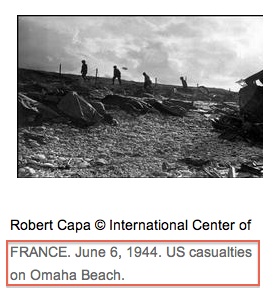 Thus the Capa Archive has no original negatives of the images Capa made after running for the landing craft that took him away from the battle — neither the parting shots on 120 film of the smoke-shrouded beach nor the post-battle images of medics aiding the injured, both of which LIFE published in the June 19, 1944 issue. Nothing until Capa’s return to Normandy Beach on June 8, after the battle had moved inland. (One of these, by the way, captioned “US casualties on Omaha Beach,” appears misdated June 6 at the Magnum website.)
Thus the Capa Archive has no original negatives of the images Capa made after running for the landing craft that took him away from the battle — neither the parting shots on 120 film of the smoke-shrouded beach nor the post-battle images of medics aiding the injured, both of which LIFE published in the June 19, 1944 issue. Nothing until Capa’s return to Normandy Beach on June 8, after the battle had moved inland. (One of these, by the way, captioned “US casualties on Omaha Beach,” appears misdated June 6 at the Magnum website.)
However, since several of those 120 images did appear in the LIFE issue, we know that Morris had some of them printed, passed them through the censorship system, and sent those prints and their original negatives on to Wilson Hicks at the head office in New York on June 8, along with the “Magnificent Eleven.” (The June 19 issue of LIFE closed on June 10, and hit the newsstands just a few days later, which gives some inkling of the deadline pressure under which all involved had to work.)
Finally, the ICP Capa Archive’s Magnum binder for the first half of 1944 also contains three contact sheets representing five 4×5 images of the briefing, presumably made with a Speed Graphic. I find it hard to imagine Capa — who advised against carrying little-used equipment — shlepping such a bulky camera into battle. Perhaps he borrowed it from a Coast Guard photographer during the briefing, and mooched a film pack from him, or swapped a few drinks for it. (No other 4×5 negatives appear in this Magnum binder. Morris has never mentioned receiving these.)
•
(For an index of links to all posts in this series, click here.)



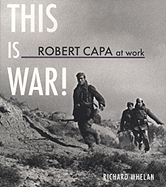
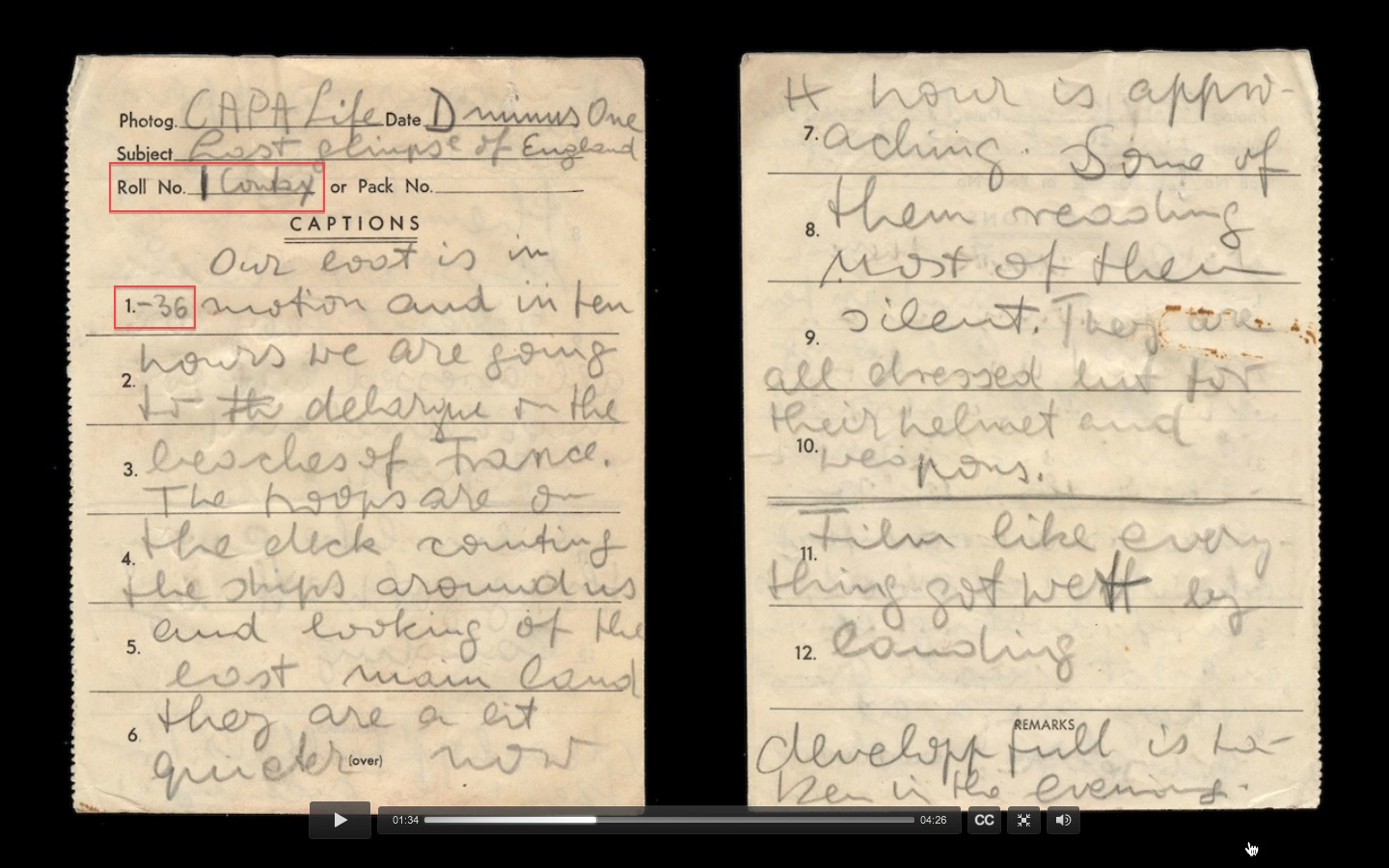
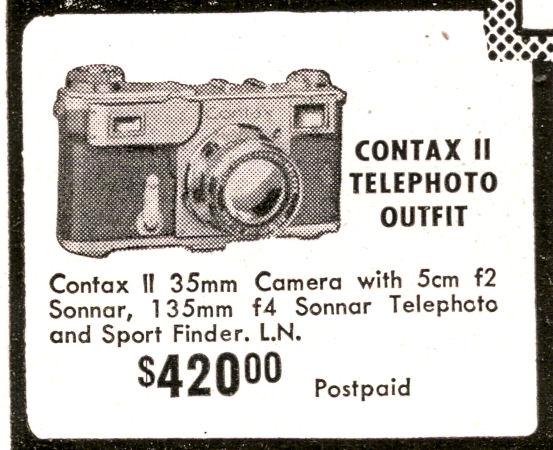
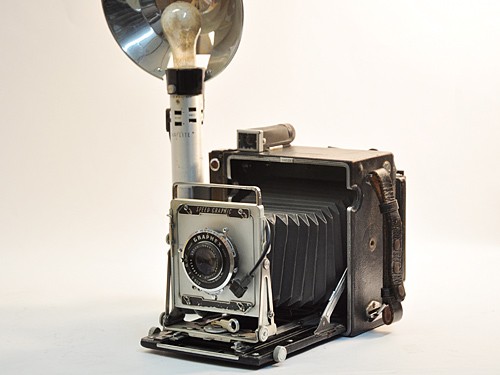




Sorry to bother you, but I wanted to say that many years ago at a meeting of photographers were talking about Robert Capa had used film Ektachrome (that Kodak was testing and would have sold the following year) for photos of D day, and as the processed wrong ruined almost all the photos that were saved were reproduced seem to be made in black and white. This seems impossible. The problem is that if we reproduce a not very good slide with black and white the result is very similar to the series of eleven.
Not a bother at all.
According to the International Center of Photography, which organized “Capa in Color,” the touring exhibition, “While [Capa] did use color for some early World War II stories, Capa’s use of color film exploded in his postwar stories.”
He made all his surviving pre-invasion images on Plus X and Super XX b&w film. The ten negatives from Omaha Beach are all on Super XX. (I base this on the markings along the edges of the films.)
Capa would not likely have used color film for his invasion reportage, because LIFE couldn’t have processed that in the London darkroom; they’d have had to send it out for processing, eating up precious time. Moreover, Ektachrome was so slow, compared to both Plus X and Super XX, that he sensibly chose the fastest film for his few images of the landing.
We now know that none of his negatives got ruined in that darkroom. John Morris recanted that fable in his November 11 CNN interview with Christiane Amanpour.